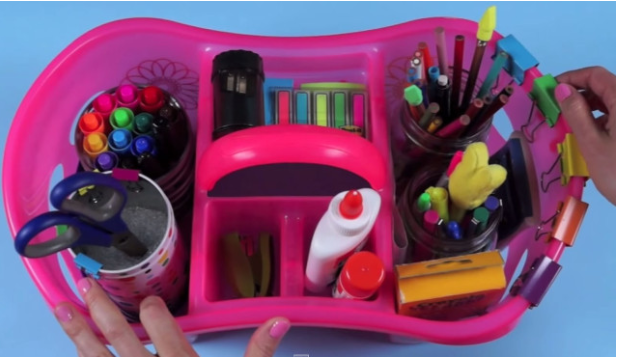What’s the Deal with Homework? How Much is Too Much?
Market: Education
What is the purpose of homework? Homework started in the twentieth century when theorists stated that the brain was a muscle that needed to be trained and exercised. This theory fell by the wayside when homework shifted to using more problem-solving skills than reinforcing what was taught at school. However, with the growth in space exploration in the 1950’s, American’s concern over US education levels over Russia spurred the resurgence of homework.
On paper, homework seems like a good idea, answering a few questions related to topics discussed in class. In reality, it’s entirely different. Today, homework entails the “transfer of learning,” where students apply what they learned in the classroom to another situation in a different context. This task is more comfortable for some than others. It is essential for the students to use the knowledge that they have in conjunction with information gained through research. 
How much homework should students have at each grade level? The National PTA recommend guidelines shared by researcher Harris Cooperecommendsminutes per night in the first grade, and an additional 10 minutes per grade level thereafter. For example, 20 minutes for second grade and 120 minutes for twelfth grade. High school age student’s homework times depend on the level of higher education classes they take.
When is the best time to do homework? There are two schools of thought on this one, and both are correct depending on your child’s learning style.
One, allow the student to unwind for a set time before beginning homework. This allows the child to rest the brain and body, play, read for fun, color, socialize and the like. However, for some children, it is difficult to get them to sit or refocus their brains, to complete school work after an activity.
Second, provide a snack and beverage while your child completes their homework as soon as they get home. The brain is still in “learning” mode and it may be easier for the student to recall topics learned throughout the day.
Third, some children work best with frequent breaks throughout the afternoon/evening hours. Setting a timer allows the child to set goals for task completion before the timer goes off, and provides a break between assignments. This method may take a bit longer for the child to complete their homework, but it is a good balance between homework and play.
Where is the best place to do homework? Parents have long encouraged children to do their homework in their bedroom or a quiet space. I am not a proponent of this for several reasons.
- Students can get off-task easily with distractions in their room.
- Completing homework in a room with an older adult present allows them to ask questions when needed. The adult is also available to re-direct a distracted learner.
- Studies show that music can help one study and focus. Masha Godkin, a professor in the Department of Marriage and Family Sciences at Northcentral University states, “music activates both the left and right brain at the same time, and the activation of both hemispheres can maximize learning and improve memory.” For instance, when students run across a familiar topic on a test or assignment, they will often remember the song that was playing when they studied that topic and recall what they learned in conjunction to listening to the song.

I encourage having a mobile station of school supplies readily available for the students use. Here is a great example of a homework caddy.
How can and should parents help?
Let’s be honest here. How many times has your student come home with a project assignment and you quickly turn to Google or Pinterest for the best ideas for your child’s project. Yes, you heard me correctly. YOU turned to Pinterest to create their project. Believe me, when these Pinterest-worthy projects get turned in, teachers know exactly who completed the project. Now helping your child with their homework isn’t a bad thing at all, but taking over their project is. So how much should parents be involved in their children’s homework. I liken it to shepherding. Parents should come alongside their child and provide the means for the child to complete their homework assignments to the best of their abilities. That means eliminating distractions, being available for questions, and teaching their child what resources to use to find the answer to their question. These tasks may be easier for some, but there are resources available. Check out your local library or school district to see if they offer online or phone homework hotlines. Additional resources include homeworkhotline, Ask Rose or Tutor.com. For studying, I encourage the use of online flashmaker sites like Quizlet or flashcard.online.